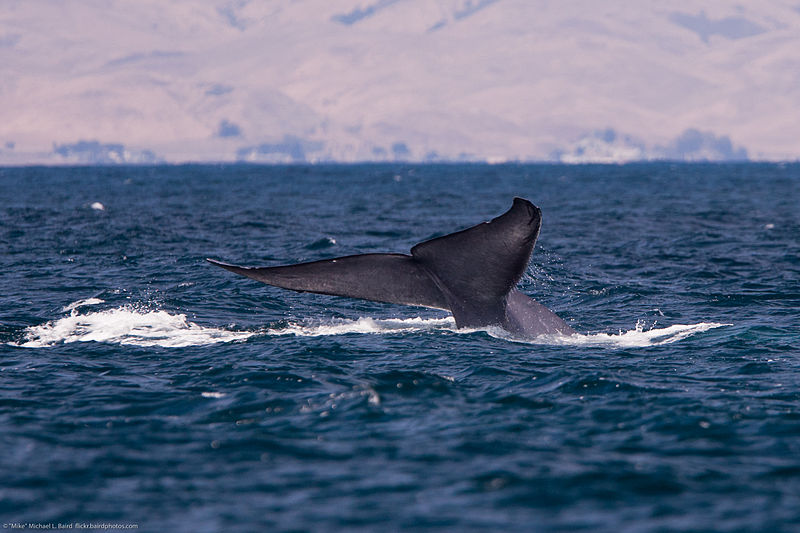
Photo credit: Mike Baird
On May 18th, Endangered Species Day, I had every intention of writing a post about the blue whale, but there is only so much time in the day and that opportunity came and went. (By the way, for those of you who don’t know, the third Friday in May is Endangered Species Day, so get ready for May 17, 2013.)
I noticed many organizations used the term celebrate in conjunction with Endangered Species Day, but that doesn’t seem like the best word choice. Honoring or recognizing might work better or let’s give a shout out to the few remaining species hanging in there despite the odds!
Then Memorial Day was yesterday and I thought of the blue whale again, more specifically all the blue whales that aren’t around anymore. Then I had a conversation with someone who wanted to know why blue whales just started showing up off the coast of Los Angeles in the last couple of years. And I thought, it’s time to write another post about blue whales, who cares if it isn’t timely.
Many whale watchers in Southern California have seen lots of blue whales in the last couple of years, so it’s worth reminding everyone that blue whales are considered to be endangered, hence the reason I was going to write about them on Endangered Species Day.
Here’s a few numbers that provide the low down on the blue whale’s situation:
330,000 blue whales were killed in the Antarctic and 40,000 in the rest of the world by whalers
30,000 blue whales were killed by whalers during 1930 to 1931 (one whaling season)
99.9 percent of the blue whale population was decimated before whaling was banned in 1966
10,000 (approximately) blue whales live in the world’s oceans today after a slow recovery
2,000 (approximately) blue whales visit Southern California
(Note: Most of the numbers are from a lecture presented by Dan Bortolotti author of “Wild Blue”)
I’ve read many different numbers estimating blue whale populations prior to and post whaling, but most numbers are around the 350,000 range before whaling and less than 1,000 after whaling. So for many years, finding a blue whale was like looking for a needle in a haystack, even though it is the largest animal to ever live on earth. By the time whaling was actually banned in 1966, most whales, including blue whales, were so hard to find that it was no longer a profitable business, making it much easier to pass an international ban.
Now blue whales have recovered a bit, but their population is still less than one percent of what it used to be. Yet this limited recovery has brought blue whales above “needle in a haystack” status. Combine this with perfect ocean conditions off Southern California for krill, a blue whale’s preferred meal of choice, and voila! Blue whale watching opportunities off Los Angeles abound during summer.
The blue whale is representative of many endangered species. We, the people, created Endangered Species Day, but we also created endangered species. So honor endangered species, think about our role in their plight and remember the blue whale! Let’s make sure that never happens again.
[…] Know Your Blue Whales Facts 330,000 blue whales were killed in the Antarctic and 40,000 in the rest of the world by whalers 30,000 blue whales were killed by whalers during 1930 to 1931 (one whaling season) 99.9 percent of the blue whale population was decimated before whaling was banned in 1966 10,000 (approximately) blue whales live in the world’s oceans today after a slow recovery 2,000 (approximately) blue whales visit Southern California (Note: Most of the numbers are from a lecture presented by Dan Bortolotti author of “Wild Blue”) read more […]